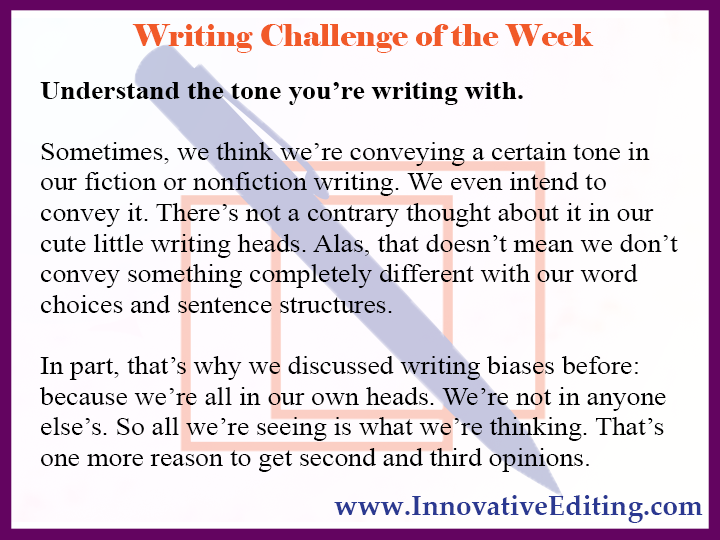Everywhere a Plot Hole? Ol’ Creative Writer Had a Manuscript…
- Jeannette DiLouie
- Oct 12, 2017
- 3 min read

When it comes to checking for story plot holes in a manuscript, creative writers have a choice. They can do it the easier way or the hard way.
I know on Tuesday, I promised “to cover how to keep that anti-plot hole promise at all costs.” So let’s get right to your two options, which come down to how much you care.
To start, here’s Innovative Editing’s preferred method (aka, the easier way).
Determine whether you have any plot holes.
Here’s the good news: You might have written an entirely perfect plot that readers can evaluate with the most thorough of magnifying glasses without ever finding a point out of place.
Here’s the bad news: You might have made a mess.
As for how you determine whether you did your story line right or wrong? That depends on how far you want to go. But I’d suggest starting with reading your story manuscript. Multiple times. Before you publish it.
How many times is “multiple”? I just don’t know without sitting down and talking to you or reading over your manuscript. However, whatever the number, it’s going to be more than three.
Hopefully by now, my regular readers know that I love them. And if you’re a new Innovative Editing subscriber or found this blog post through a random internet search, I’m sure I love you too.
However, contrary to the modern-day, mushy gushy, “Oh, baby, I’ll support whatever you do” understanding of love, I genuinely want what’s best for you and your story. So I’m going to be blunt here.
If you’ve finished the first draft of your manuscript, good for you! Seriously. That’s an accomplishment most would-be-authors never achieve, and you should feel exceptionally proud of yourself.
But your work’s not done.
If you’ve finished the second draft of your manuscript, more power to you! Seriously.
But your work’s still not done.
If you’ve finished the third draft of your manuscript, you’re a creative writing rock star-in-the-making!
But you’re not a rock star yet. And that’s partially because of plot holes.
Plot holes are very tricky creations. Well, some of them are. Some of them are really, really obvious. But some of them aren’t.
When we really love our stories – which we should – we tend to get lost in our awesome characters and engaging dialogue and those scenes that just make us melt with well-deserved pride every time.
As such, we can completely miss plot holes because we’re too starry-eyed. Or because we’re too busy fixing other aspects, since there are always other aspects to fix when we’re talking about a 70,000 word-or-more manuscript.
So definitely read yours at least four times.
After that, have someone edit it. A professional editor or an editor who knows how to be professional. I don’t care if you pay them or not. As much as I’d happily take your money for an editorial job well done, I’d be just as happy simply getting to read more stellar published works.
They’re a dying breed these days.
When it comes to plot holes in particular or editing in general, as I mentioned yesterday, publishing should be taken seriously. And taking it seriously includes employing a strong editorial eye.
If all that sounds hard, it really isn’t. It’s just time-consuming, potentially costly and very worthwhile.
Option #2 is to ignore all this advice and publish potential plot holes and other errors in your manuscript. Writer's choice.
More on that tomorrow, creative writers…




